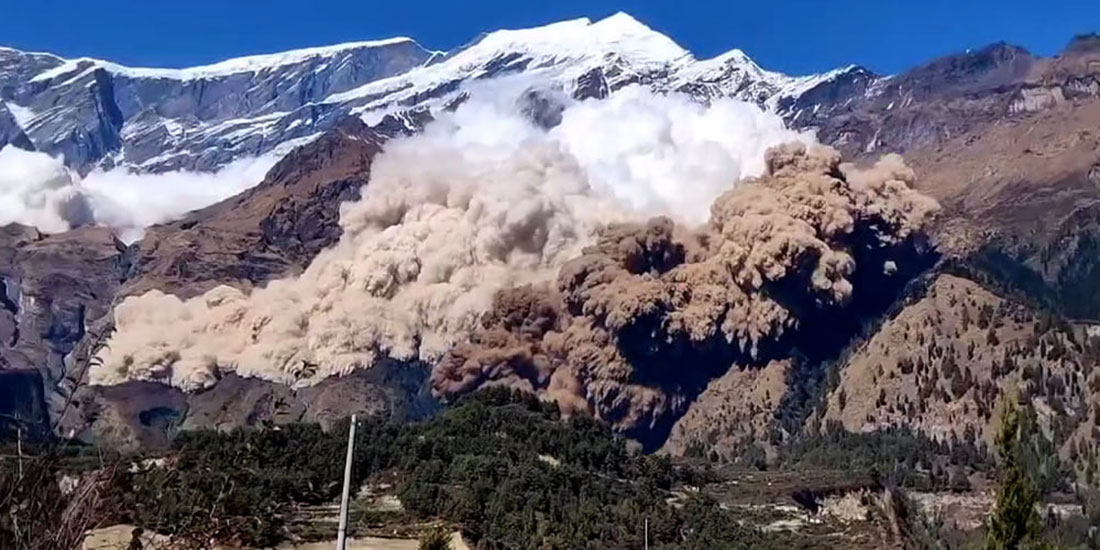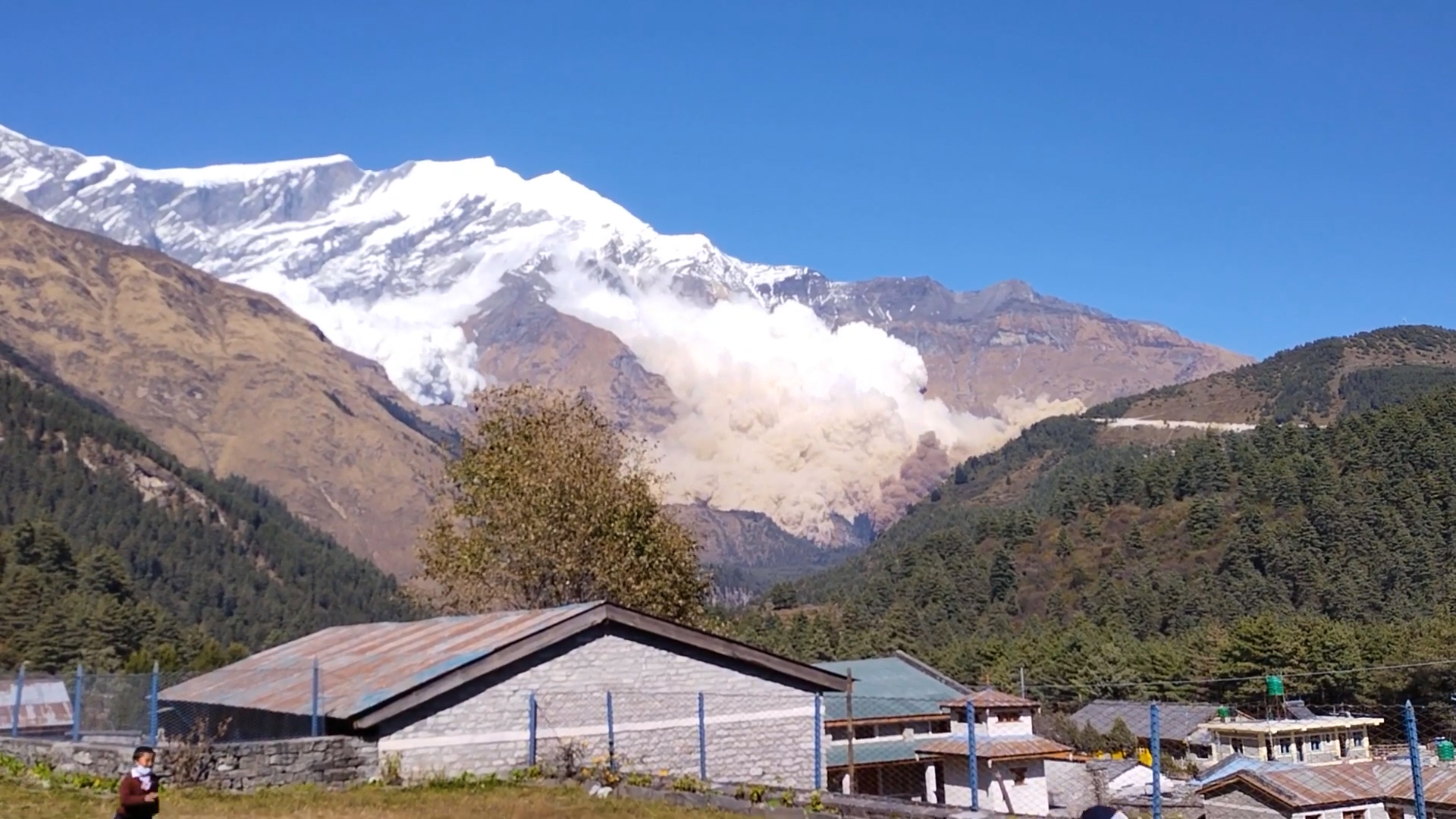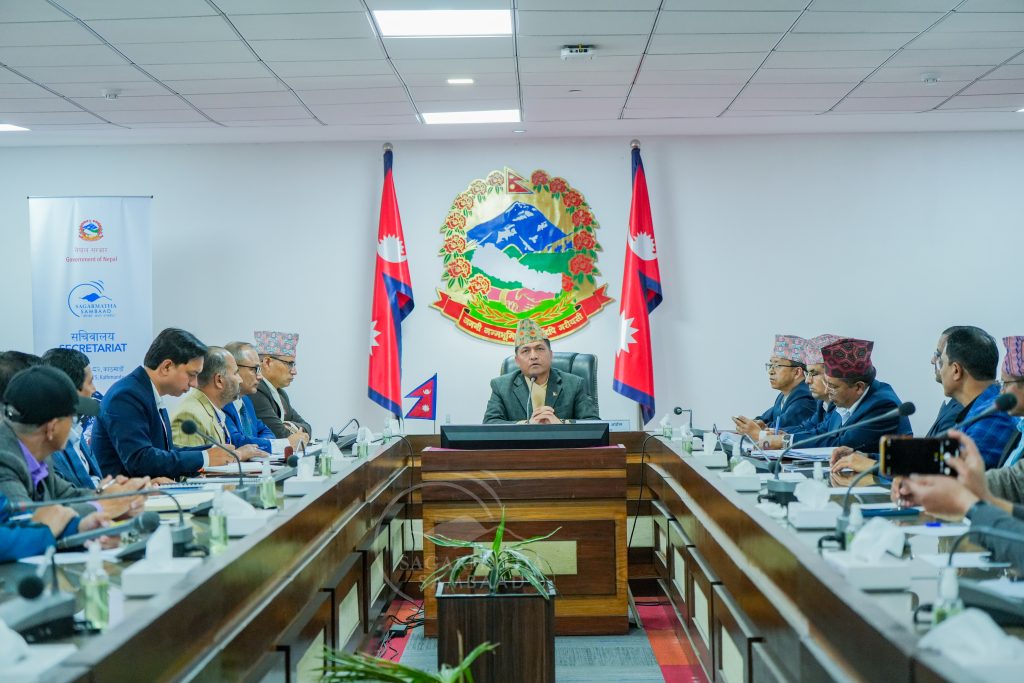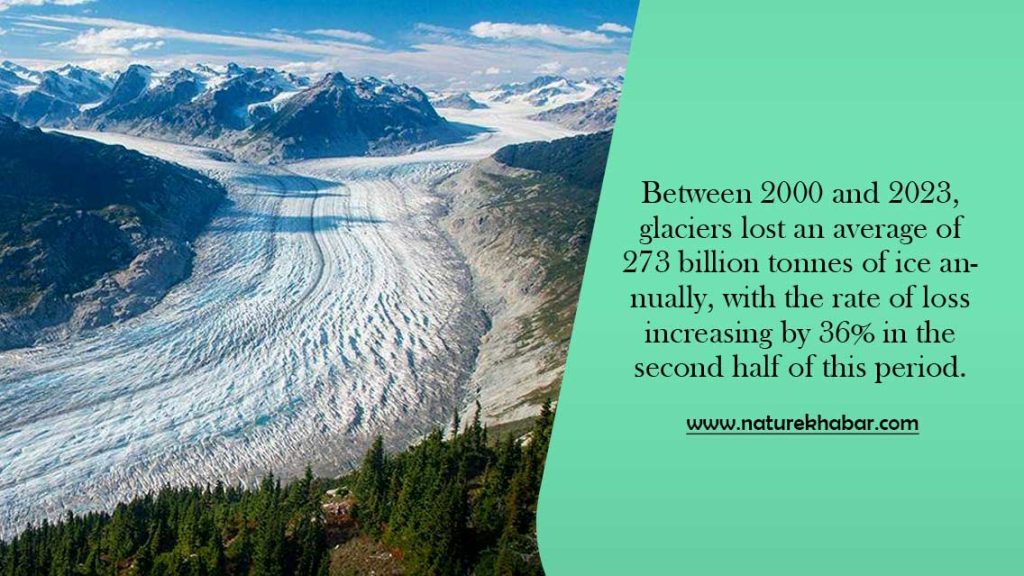Himalayan avalanches are increasing risk for climbers in warming climate
- Nature Khabar

Kathmandu - Avalanches in the Himalayas are causing an increasing number of deaths and threatening the safety of climbers, research suggests.
While high-altitude mountaineering comes with an inherent avalanche risk, global heating is exacerbating the danger during the climbing season in the Himalayan mountain range, experts warn.
According to a recent analysis, at least 564 people lost their lives to avalanches while climbing peaks above 4,500 metres (14,770ft) in the Himalayas over the past five decades. Narrowing the data down to the 14 peaks above 8,000 metres and few other prominent climbing peaks above 6,000 metres in the Himalayas, there have been at least 1,400 mountaineering deaths between 1895 and 2022, 33% of which were due to avalanches.
Alan Arnette, a mountaineer and chronicler of climbing seasons in Nepal, said fatal avalanches on popular peaks including Everest, Ama Dablam, Manaslu and Dhaulagiri were not a recent development. “Mountains will avalanche. They have been doing it for decades,” he said. The frequency and timing of these recent avalanches, however, may be a portent of what the future holds for mountaineering in the Himalayas in a warming world.

Climbing season in the central Himalayas, where the majority of the other popular climbing peaks are located, has traditionally been when the weather is clear from March to May, before the monsoon season, and after it from September to November. This coincides with cyclone season in the Indian Ocean, and until recently was not of great concern.
“The highlands of the Himalayas are generally protected from the impacts of cyclones originating in the Indian Ocean as the cyclones lose energy as they travel across the landmass,” said Arun Bhakta Shrestha, a climate scientist at the International Centre for Integrated Mountain Development. “However, occasionally cyclones do impact the interiors of Himalayan highlands causing excessive snowfall and even causing loss of lives.”
Roxy Mathew Koll, a climate scientist at the Indian Institute of Tropical Meteorology, said: “In response to the rapid warming in the Indian Ocean, the monsoon has become more erratic, with short spells of heavy rains and long dry periods, and the cyclones in the Arabian Sea have increased in frequency, intensity and duration – and they are intensifying quickly both in the Arabian Sea and the Bay of Bengal.”
With the stark changes in the monsoon precipitation patterns and cyclones forming more frequently and with greater intensity in the fast-warming Indian Ocean, the once predictable climbing season is being disrupted by these supercharged storm systems more often.
“In 1996, when we had that disaster on Everest [in which eight climbers died in a blizzard], it just absolutely cemented the fact that you have to consider what’s happening in the Bay of Bengal. If there’s a cyclone there, you have to watch it,” said Chris Tomer, a meteorologist and weather forecaster for mountaineering expeditions in the Himalayas.
“In the last five years, four out of the five years we had to worry about something in the Bay of Bengal during the peak climbing season on Everest.”
Data suggests popular peaks in the central Himalayas including Annapurna and Everest, and those within the extended influence of the monsoon such as Nanga Parbat in the western Himalayas, already pose a very high avalanche risk to climbers.
Fresh and heavy snowfall is one of the main causes of avalanches, and when unseasonal storms occur in these mountains the danger and chance of deaths occurring also rise.
Tomer, who has been forecasting for nearly two decades, said: “Not that the weather wasn’t challenging 20 years ago, but it’s really been something to see the amount of snow on Manaslu and Dhaulagiri the last couple of years. They stand out with some of the most extreme weather over the last few years.”
Avalanche risk is also exacerbated by warming temperatures. According to a 2018 study that used tree rings as a proxy, in the absence of long-term observations, to reconstruct the snow avalanche history in the Indian Himalayas, warmer temperatures in winter and early spring have led to an increase in avalanche frequency.
Additionally, a 2021 study found avalanches may turn more lethal, with asphyxia and trauma increasingly causing avalanche deaths in a changing climate as higher snow densities in wetter avalanches can limit the respiration of completely buried victims. Blunt trauma and secondary injuries may also become more frequent as snow cover becomes thinner and terrain roughness increases.
The Himalayan range is warming twice as fast than the global average and experts suggest that temperature-driven snowpack instability, leading to an increase in avalanche activity, can be expected to continue in future.
Due to lack of long-term observations and poor documentation, as well as limited understanding of the complex relationship between climate and potential triggers, the steady increase in avalanche fatalities cannot be definitively attributed to any single factor at the moment, warned Jakob Steiner, a hydrologist at the Himalayan University Consortium and the University of Graz in Austria, and one of the authors of the recent paper.
“There are so many other things happening, so it is difficult to say it is just climate change. But its footprint can be seen. We are doing this work [preparing a comprehensive record of avalanches] because we eventually want to do the attribution work,” he said. - Theguardian




Feedback